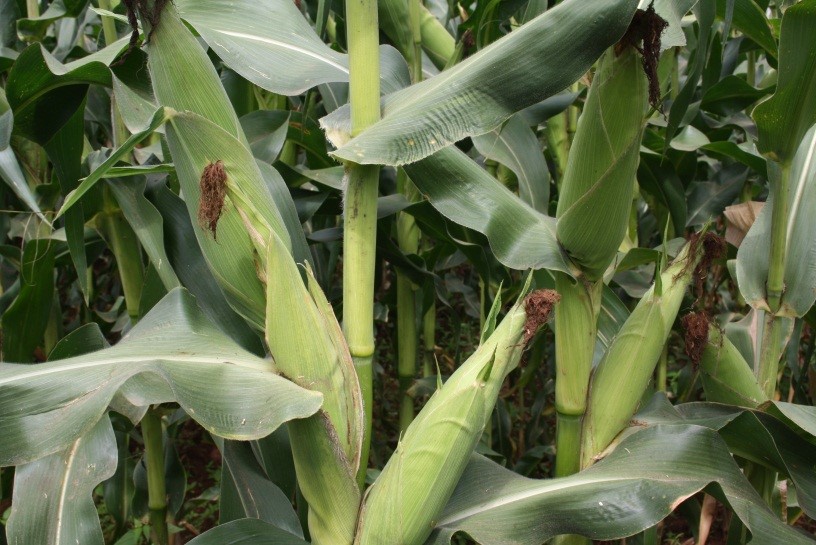Maize
Varieties
INTRODUCTION
Maize is one of the main staple foods in Malawi. About 1.2 million hectares are annually grown to maize thereby accounting for 70% of the total land under cultivation by smallholder farmer. Maize nutritionally provides about 80% of the much-needed carbohydrates in Malawi. And since the country’s population is still rising so is the demand for maize which must increase at a much higher rate than the population itself.
The core objective is to improve farmers’ knowledge and skills on how they can manage maize from production to marketing
By the end of this lesson, the farmer should be able to understand:
- Good management practices for maize production
- How to better manage maize pests and diseases
- Knowledge on improving maize productivity
- Knowledge on post-harvest handling of maize
VARIETY SELECTION AND ENVIRONMENTAL REQUIREMENTS
Environmental Requirements
- Grows best below 1,800m above sea level. Areas higher than this will expose maize to a lot of pest problems.
Rainfall requirement
- Depending on the variety maize grows best in areas with annual total of 600-1000mm and on duration most maize varieties matures between 100-150days areas with shorter rain season requires supplementary irrigation
- Ideal soils are those which are deep (at least 100cm) well drained and aerated soils of pH 6-8. Maize yields are high on rich soils since it is a heavy nutrient feeder.
Variety selection
Improved varieties are currently recommended at a seed rate of 25kg/ha. Improved varieties include:
- Malawi Hybrid (e.g. MH 16, 17, 18 , 91 etc)
- Dkc 8033 mapasa,Dkc9089 fumba Nkangala and sangalabwi
- Dekalb. ( DK 8031, DK 8071, etc)
- Chitedze Composite A (CCA)
- Kanyani, njovu, mkango


